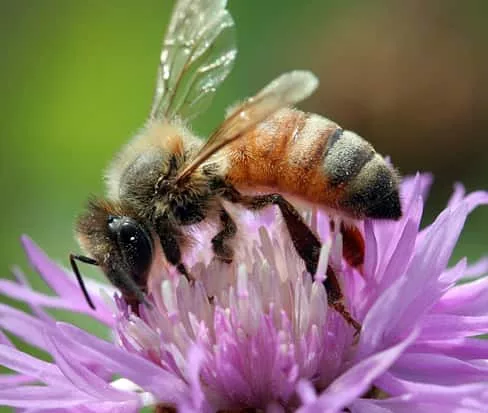(By Lewis Bradley)
There has been a lot of buzz (literally) around bees, and rightly so. Bees have captivated the hearts of America, honey is increasing in popularity, and the number of beekeepers and beehives around the nation is growing. No doubt you are probably seeing new beehives pop up near some of your fields.
There has also been a lot of buzz as to the health of the honey bees. While most scientists agree the majority of the issues are related to invasive mites, insects, diseases, poor hive management, weather, etc., there are those who point the finger at pesticides.
Rather than debate the causal issues here, I would like to point out some important practices you should follow to insure you are not responsible for any adverse effects to the bees in your community. We call this our C.A.R.E. program.
C – Communicate with your local beekeeper. If they have placed hives close to your fields, ask them to move them to a safe area where they will be out of harm’s way.
A – Be aware of the conditions when you are spraying so as to prevent drift toward any beehives or off target crops.
R – Reduce risks of planter dust by using the new Fluency Agent from Bayer as a seed lubricant for your planter.
E – Ensure you read and follow the label directions of the pesticides you use, especially insecticides. Many have added pollinator protection sections regarding the use of these products where bees are nearby or are foraging. This not only is good stewardship, it’s the law.
By following these and other common sense strategies when applying insecticides, you can do your part to protect one of our most important agriculture workers, the bees!






